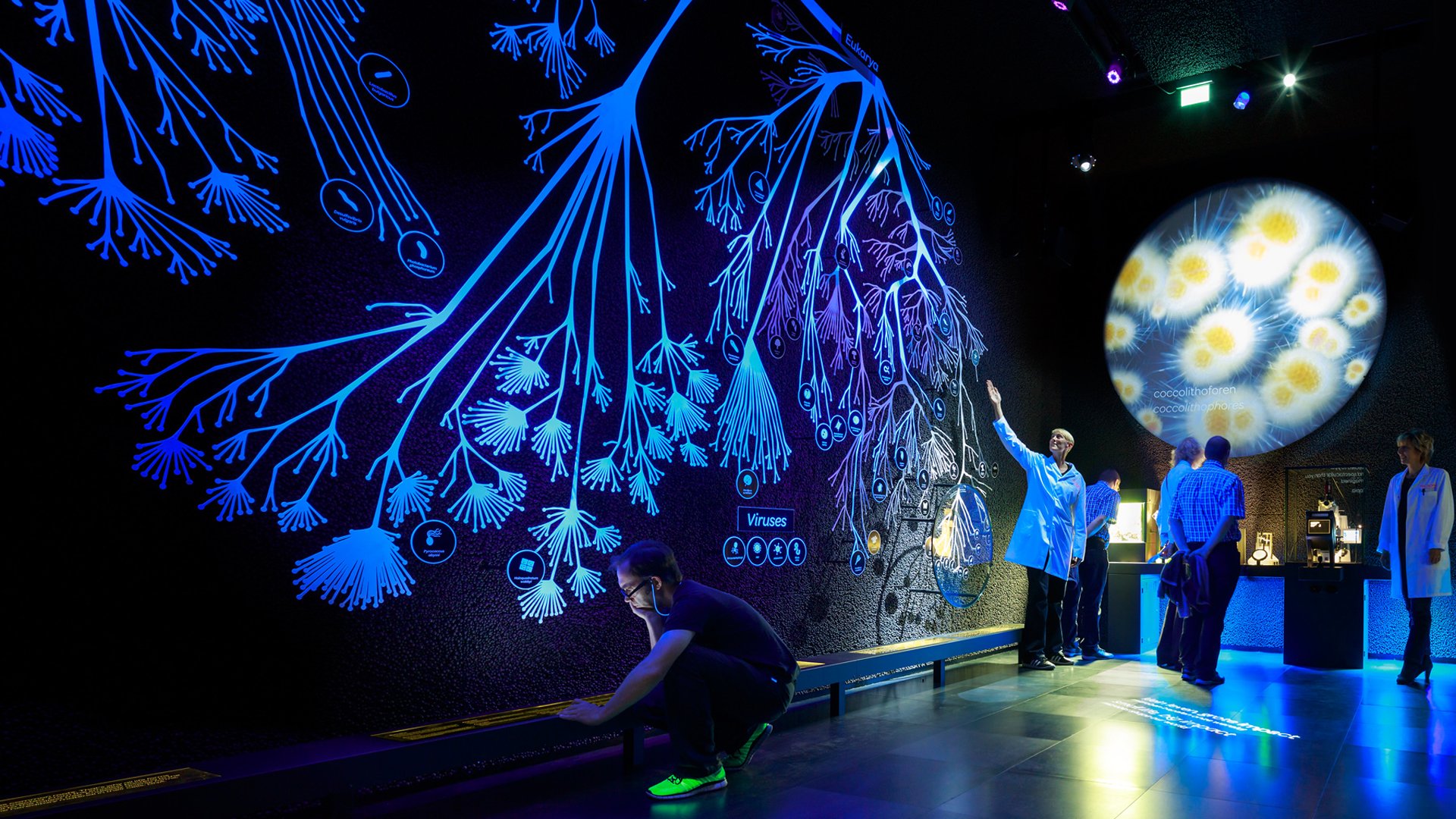Metagenomes from Microbiomes
The collaboration of more than 200 scientists, called GEM (Genomes from Earth's Microbiomes), aimed to identify as many types of microbes from around the world as possible. To arrive at their overarching catalog of microbe species, the researchers used so-called metagenomes, collections of all the genetic material of microbes in one place. About 10,000 metagenomes were used for the study. These metagenomes came from all kinds of places on Earth, from very large ocean ecosystems to the highest peaks of the jungle. 52,515 microbial genomes (complete DNA code of a single organism) could be extracted from the metagenomes.
Discovering new species from your office
These 52,515 genomes were then compared to a database of genomes of species we already know, called reference genomes. The number of genomes already present in this database is just over 500,000 unique sequences. These sequences are the full DNA-codes of all the bacteria, funghi and other microbes that we already know. In the end it turned out that there were 12,556 genomes that could not be linked to a reference genome in the database, so they are newly discovered species! Who knows what special characteristics they may have? We could look at the DNA to identify interesting microbes for future applications, although the species still would have to be picked up from the ecosystem that the metagenome came from.
Holes in the Tree of Life
The research is not only important for the applications these microbes might make possible, but also for a number of major questions within taxonomy (the science of classifying life forms). The Tree of Life, a classification of all species on earth, has become a lot more complete by adding the new species. Some species also filled gaps in the Tree of Life. For some groups of organisms in the tree it was previously unknown what the connecting links between the groups were. However, the known diversity of bacteria and archaea has now increased by no less than 44% as a result of the research.
Do you want to discover the tree of life on the internet? Take a look at this site and click on "Start exploring". Or come meet some microbes in person in Micropia.
| https://www.nature.com/articles/s41587-020-0718-6 |

